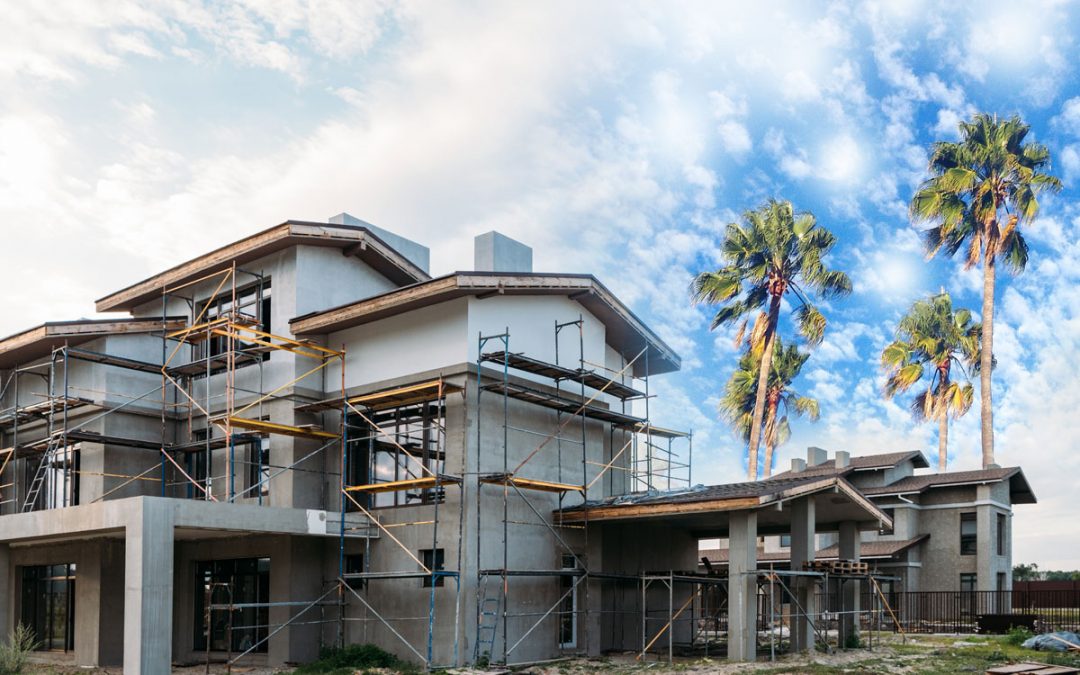Despite what recent headlines and social media posts have said, there is, in fact, cheap property in California. You just need to know where to look.
In fact, there’s such an abundance of this ripe-for-the-picking property here in California that there is a federal program looking to assist and streamline investors who want to break into the market.
These properties are known as “Opportunity Zones,” or OZ for short. And as of the end of 2020, California had 879 opportunity zones alone, meaning the Golden State has approximately 10% of all OZ’s available throughout the entire country.
This massive opportunity gives those looking to create new investment structures a two-fold reward: 1) An entry point into California’s market, and 2) Opportunity Zones offer you an almost immediate chance to defer or even eliminate capital gains taxes.
What is a “Opportunity Zone?”
Opportunity Zones were first introduced in the 2017 Tax Cuts and Jobs Act, and despite the government’s best attempt to promote the program, many people remain unaware of the program’s ability to support small businesses by providing access to loans and venture capital that are needed to start or expand a small business.
An “Opportunity Zone” is defined by the IRS as “an economically distressed community where new investments, under certain conditions, may be eligible for preferential tax treatment.”
These OZ’s have taken the form of all types of businesses. For instance, a building in Birmingham, Alabama, which had been vacant for over 36 years, was purchased through the use of an OZ low-interest loan program. The private investor then turned the building into 140 workforce housing units.
In Charleston, South Carolina, city officials paired their own incentives with federal Opportunity Zone incentives to stimulate affordable housing projects.
Specifically, in California, the Main Street Launch initiative in Oakland distributed $800,000 in funds through low-interest loans to create and expand restaurants within seven of their opportunity zones.
Why Do It?
When a company like Amazon or Tesla is considering where to establish or move their latest expansion of office/factory space, they will announce they are speaking with a number of possible “city suitors.”
Because of the jobs and economic growth they could potentially provide to a region, as well as the numerous other positive socio-environmental benefits that occur when large investments return to a low-income region, companies such as Amazon and Tesla are oftentimes told they would have corporate and property tax breaks should they decide to set up shop in a particular city or state.
The same can be said about OZ’s, but instead of these loan programs enticing large corporations, the U.S. Treasury designed the program to give the following incentives to smaller investors:
- Capital Gains Tax Deferral: An investor that re-invests capital gains into a Qualified Opportunity Fund can defer the payment of federal taxes on the realized gains of the investment as late as December 31, 2026
- Capital Gains Tax Reduction: An investor that holds their investment in a Qualified Opportunity Fund for at least give years can reduce their tax bill on the capital gains differed by 10%. If the investor holds their investment for at least seven years, the reduction increases to 15%.
- Elimination of Taxes on Future Gains: An investor that holds their investment in a Qualified Opportunity Fund for at least ten years will not be required to pay federal capital gains taxes on any realized gains from the investment.
With California’s sheer size and ongoing affordable housing crisis, Opportunity Zones have become a god sent for a number of struggling communities and neighborhoods, as well as unprecedented revenue generators for capable investors.
How to Get Invested
In order to invest within a OZ you do not need to live, work or even own property already within the area.
However, what you do need are two things, with the first being the creation of your Qualified Opportunity Fund. Qualified Opportunity Fund is any investment vehicle that files either a corporate or partnership federal income tax return and is organized for the specific purpose of investing in Opportunity Zone assets. To become a Qualified Opportunity Fund, an eligible investment vehicle must self-certify by filing IRS Form 8996 with its federal income tax return.
The second thing one would need if looking to jump into the OZ market would be the money to back your investment. In order to do this, many speculative investors head to equity firms for the hard money needs.
At Sunset Equity Funding, we are able to assist OZ investors across the board, with product lines that offer a range of possibilities, anywhere from just your normal fix and flip loan programs, with rates starting as low as 7.49%, to “ground-up” construction projects.
We can assist anyone learning how to navigate the waters of real estate investment, as well as, giving more savvy investors an opportunity to expand their portfolio. Our financing programs offer real estate investment loans ranging from $250K – $8M, and help those interested in everything from new construction, fixing and flipping properties, developing a portfolio of rental properties, or re-financing properties that you own to cash-out funds to use for another business investment that you have in mind
Even passive investors can join in one of our funds for which the monies are used for real estate lending purposes and earn a 7% annual interest and lend on homes as the first deed of trust. To learn more please discuss with one of our qualified representatives.
Benjamin Donel, CEO

